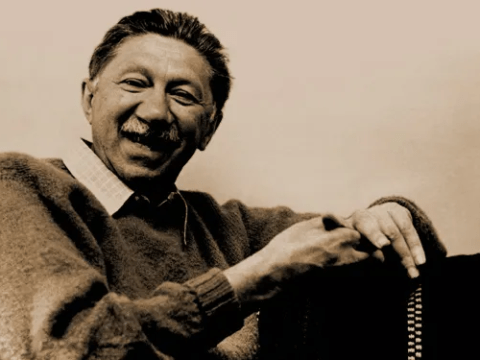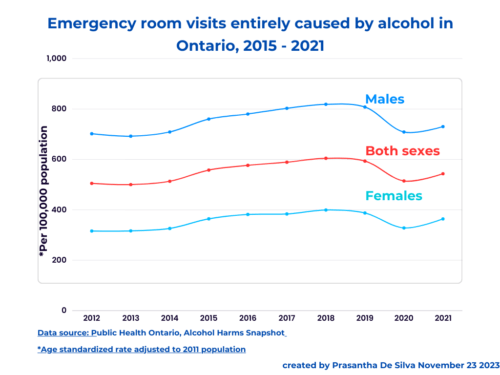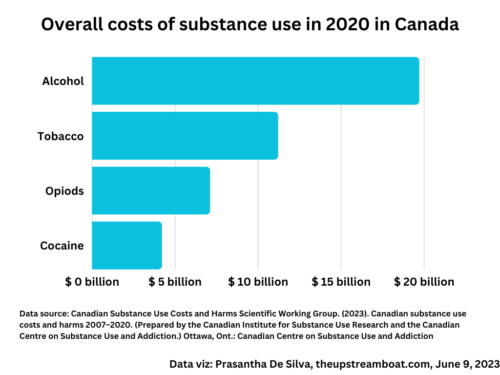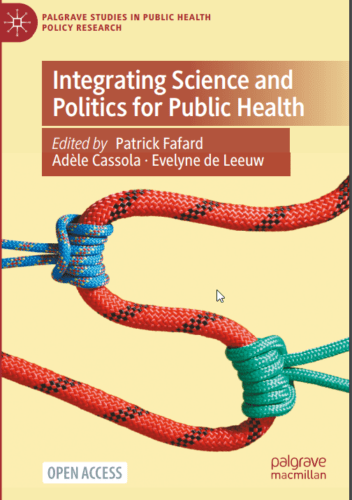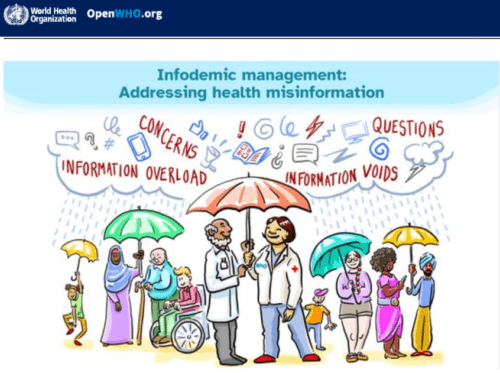Can we change behaviour by changing attitudes?
Not really, contrary to popular belief.
The connection between attitude and behaviour is complex.
In the 1960s, Fishbein and Ajzen explored the connection between attitude and behaviour. Based on the findings, they developed a theory to explain the connection between the two.
It is the Theory of Reasoned Action. Later, they expanded a little further and renamed it the Theory of Planned Action.
Theory of Reasoned Action (TRA)
In summary, this theory says;
- Our action depends on the intent of doing or not doing it.
- Having an intent depends upon two determinants;
- The attitude towards the behaviour
- The availability of subjective norms (social pressure).
- The attitude depends on two kinds of beliefs:
- Do I believe whether the activity is enjoyable or not?
- Do I think the activity is beneficial or harmful?
- We can perceive social pressure in two ways;
- My significant other tells me to do,
- I see what others are doing.
- The stronger the perceptions, the more likely the stronger the intentions are.

Let us see how it applies in real life.
Think that someone wants to carry out the breast self-examination. She has the “intent” that she will do that.
What is challenging is to find an explanation of how she would develop that intent.
According to the Theory of Reasoned Action, the intent depends on,
- The presence of a favourable attitude towards that behaviour,
- Whether she perceives any degree of social pressure to do that.
Theory of Planned Behavior
With time, Ajzen found that the above theory cannot explain some behaviours that are not under our control.
As a result, he added another variable to the equation:
- The perceived ability to perform the behaviour.
With that addition, the “theory of Planned behaviour” was born.
This theory is an extension of the theory of reasoned action.
Both these are not exactly considered behaviour change theories. But, they help us to understand and predict the desired behaviour.
However, these two assist us in framing messages and developing health education materials.
Now, the most important question is this.
How can we use these theories for our benefit?
A review published in 1995 has concluded the efficiency of the theory varies depending on the type of behaviour it was applied to.
The reviewers have found that two-thirds of the explained variation could be attributed to the intention of engaging in the desired behaviour.
This is an important finding for us; in other words, most of our probability of engaging in a particular behaviour depends on the degree of motivation. However, for addictive and screening behaviours, perceived behavioural control carries more control than the intention of doing the behaviour.
Other behaviour change theories
- Health Belief Model
- Social Norms Theory
- Prospect Theory
- Diffusion of Innovation Theory
- Stages of self-change






